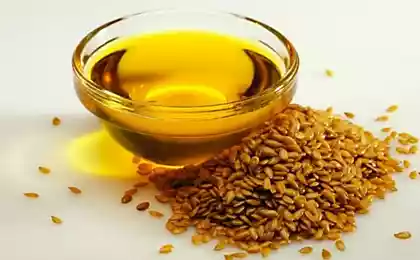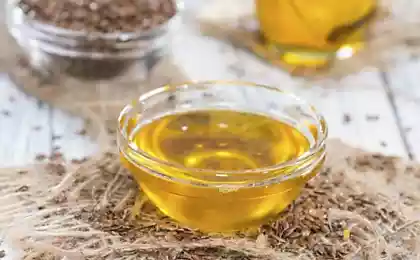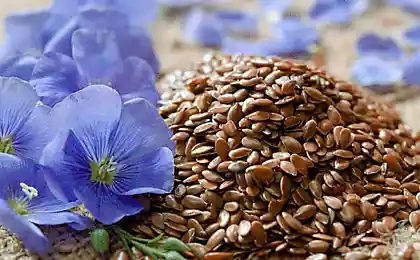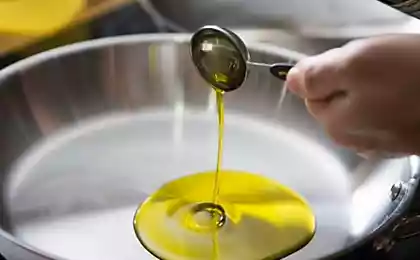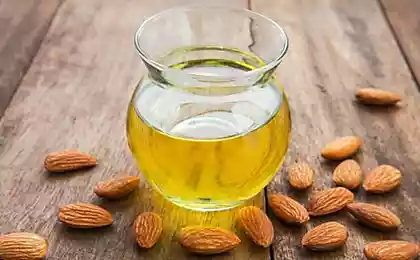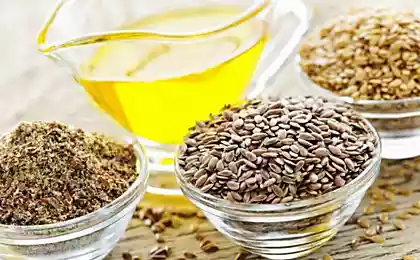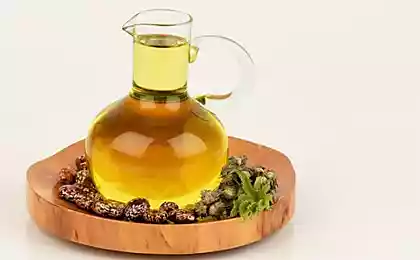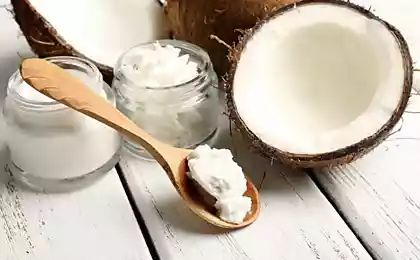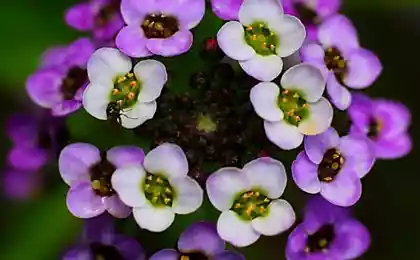523
How to grow flax in the garden
Since ancient times in Russia were grown flax seed (Linum usitatissimum), the use of which in the household was very diverse. Today you hardly will pull the flax, to get out of it's own yarn and weaving cloth. But this plant has also medicinal and decorative properties, which you should take note of modern gardeners. The wise ancestors said: "Sow flax and reap gold."
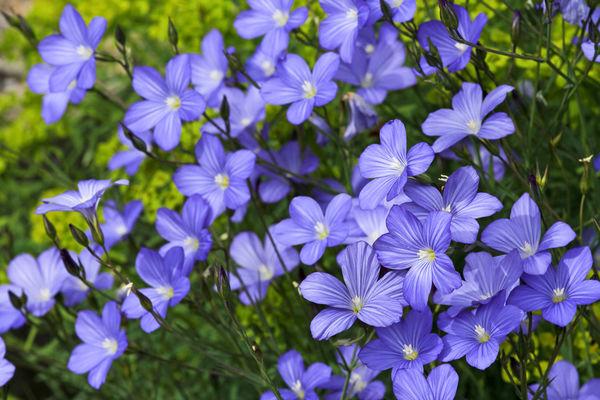
And it seems that these simple flowers have accompanied man throughout his history. In any case, archaeologists claim that flax seeds and flax seed oil were known already in the bronze and iron ages. The ancient Egyptians cultivated flax to weave from it a cloth, and the Romans considered this plant a symbol of purity, light and loyalty.
What is flax Flax seed is an annual plant of the family of flax. In the wild is not found, but is cultivated in various forms. For industrial purposes there are generally fiber flaxes – high (90 to 150 cm) of plants grown primarily for fiber; Kudryashov – a short (30 to 60 cm) class; flaxes – medium plants.
Familiar to us len inconspicuous-looking: he has a thin stalk, on which there are numerous narrow leaves and small flowers are pale blue or light blue hue, gathered in a loose umbellate inflorescences. But the breeders have selected many varieties, among which are decorative and pretty and expressive flowers.
How to grow flax Sow flax in the spring, usually randomly. Meteo harrow, closing up the seeds in soil to a depth of 1.5 -2 cm in the planting rows distance between them, leave about 20 cm.
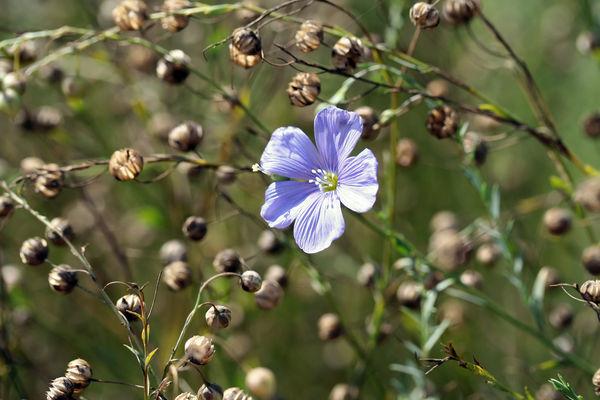
Len is not afraid of cold weather, seedlings are resistant to frost up to -3° C, so it can be sown already at the end of April. After 1.5 – 2 months there will appear flowers and then the roundish seed pods. Flax seed, which is the medicinal raw material, ripens in July – September, depending on variety and sowing time.
For planting it is advisable to choose a site where the soil is well drained and fertilized. Despite its ruggedness, len develops better in fertile soil. When fastened the buds and the first flowers appear, you need to make sure the soil doesn't dry out — in this time the plant is very sensitive to moisture. In addition, you only need one or two times per season weed and proryhlit crops.
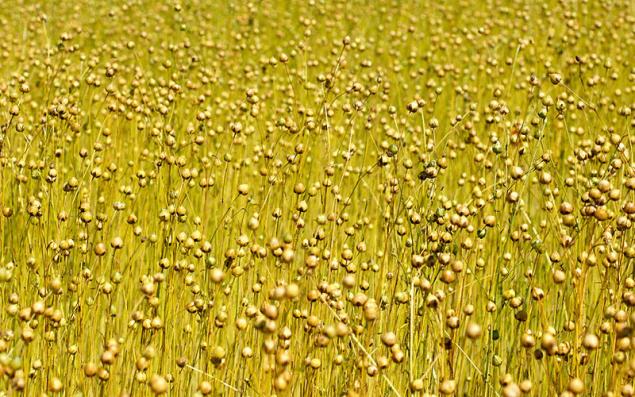
The healing properties of flax At home from flax seed (whole or crushed) is often made mucous decoctions and infusions, using them in diseases of the gastrointestinal tract. Crushed or ground into flour, the seeds are used for poultices or compresses; dry seeds and covered in a linen bag, heated and applied to the patient's lower back with sciatica.
A decoction of the seeds are used in folk medicine in various diseases of the kidneys and bladder; the dental practice it is used in stomatitis and inflammatory conditions of the mucous membrane of the oral cavity, as a coating agent.
Is used Flaxseed oil — it is prescribed for the violation of lipid metabolism in the treatment and prevention of atherosclerosis. It also has a mild laxative effect; it is applied topically in the treatment of burns. Linseed oil is made by medical drug linetol.
Useful properties of seeds stored 3 to 4 years (if you store them in a dry place, avoiding contact with moisture).
It is necessary to sow flax, and just because it's beautiful. Low grade can be positioned as a border in the Apothecary garden or along the garden paths; delicate flowers of flax on graceful stalks will look great in mixborders.
P. S. And remember, only by changing their consumption — together we change the world! ©
Source: www.7dach.ru

And it seems that these simple flowers have accompanied man throughout his history. In any case, archaeologists claim that flax seeds and flax seed oil were known already in the bronze and iron ages. The ancient Egyptians cultivated flax to weave from it a cloth, and the Romans considered this plant a symbol of purity, light and loyalty.
What is flax Flax seed is an annual plant of the family of flax. In the wild is not found, but is cultivated in various forms. For industrial purposes there are generally fiber flaxes – high (90 to 150 cm) of plants grown primarily for fiber; Kudryashov – a short (30 to 60 cm) class; flaxes – medium plants.
Familiar to us len inconspicuous-looking: he has a thin stalk, on which there are numerous narrow leaves and small flowers are pale blue or light blue hue, gathered in a loose umbellate inflorescences. But the breeders have selected many varieties, among which are decorative and pretty and expressive flowers.
How to grow flax Sow flax in the spring, usually randomly. Meteo harrow, closing up the seeds in soil to a depth of 1.5 -2 cm in the planting rows distance between them, leave about 20 cm.

Len is not afraid of cold weather, seedlings are resistant to frost up to -3° C, so it can be sown already at the end of April. After 1.5 – 2 months there will appear flowers and then the roundish seed pods. Flax seed, which is the medicinal raw material, ripens in July – September, depending on variety and sowing time.
For planting it is advisable to choose a site where the soil is well drained and fertilized. Despite its ruggedness, len develops better in fertile soil. When fastened the buds and the first flowers appear, you need to make sure the soil doesn't dry out — in this time the plant is very sensitive to moisture. In addition, you only need one or two times per season weed and proryhlit crops.

The healing properties of flax At home from flax seed (whole or crushed) is often made mucous decoctions and infusions, using them in diseases of the gastrointestinal tract. Crushed or ground into flour, the seeds are used for poultices or compresses; dry seeds and covered in a linen bag, heated and applied to the patient's lower back with sciatica.
A decoction of the seeds are used in folk medicine in various diseases of the kidneys and bladder; the dental practice it is used in stomatitis and inflammatory conditions of the mucous membrane of the oral cavity, as a coating agent.
Is used Flaxseed oil — it is prescribed for the violation of lipid metabolism in the treatment and prevention of atherosclerosis. It also has a mild laxative effect; it is applied topically in the treatment of burns. Linseed oil is made by medical drug linetol.
Useful properties of seeds stored 3 to 4 years (if you store them in a dry place, avoiding contact with moisture).
It is necessary to sow flax, and just because it's beautiful. Low grade can be positioned as a border in the Apothecary garden or along the garden paths; delicate flowers of flax on graceful stalks will look great in mixborders.
P. S. And remember, only by changing their consumption — together we change the world! ©
Source: www.7dach.ru


